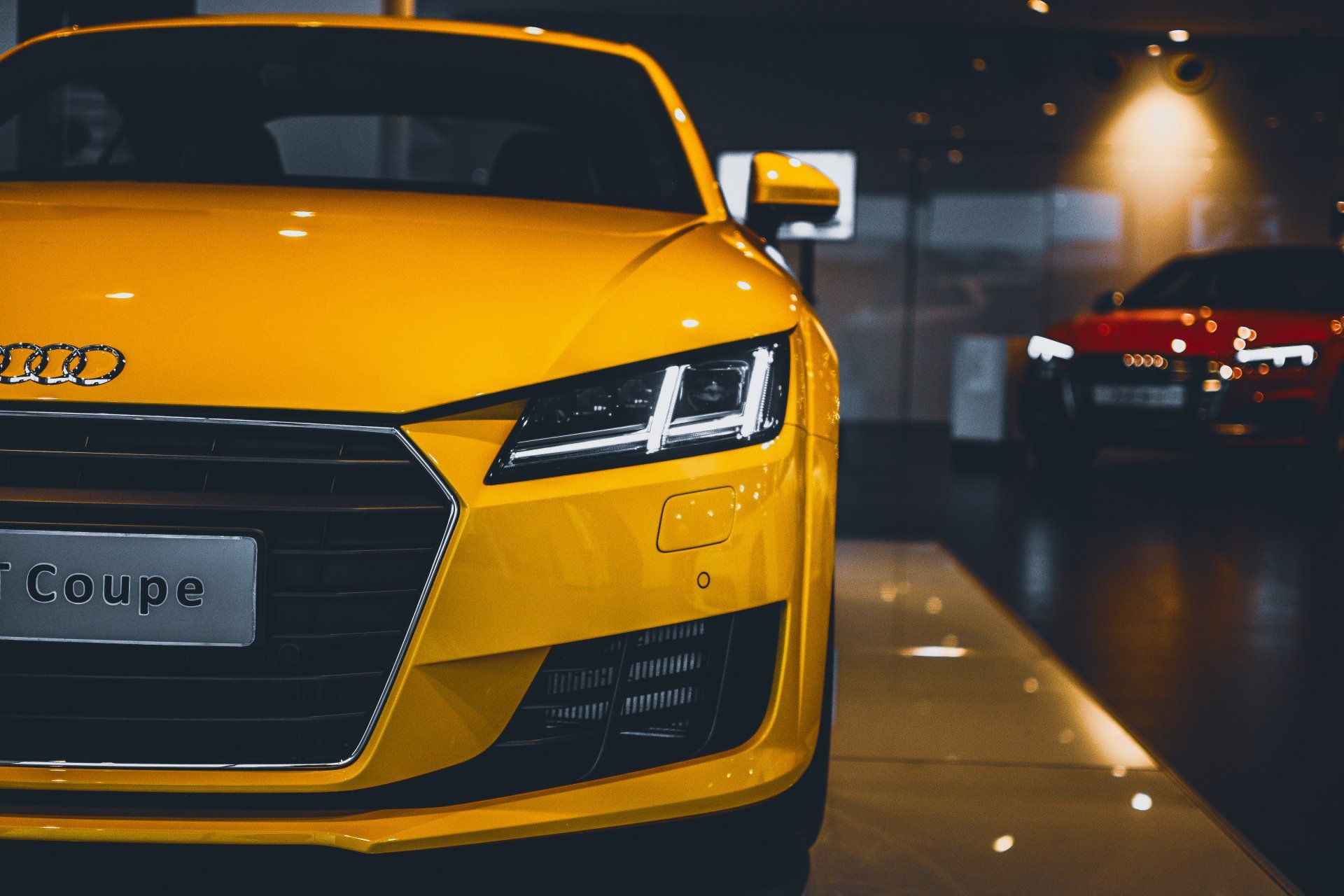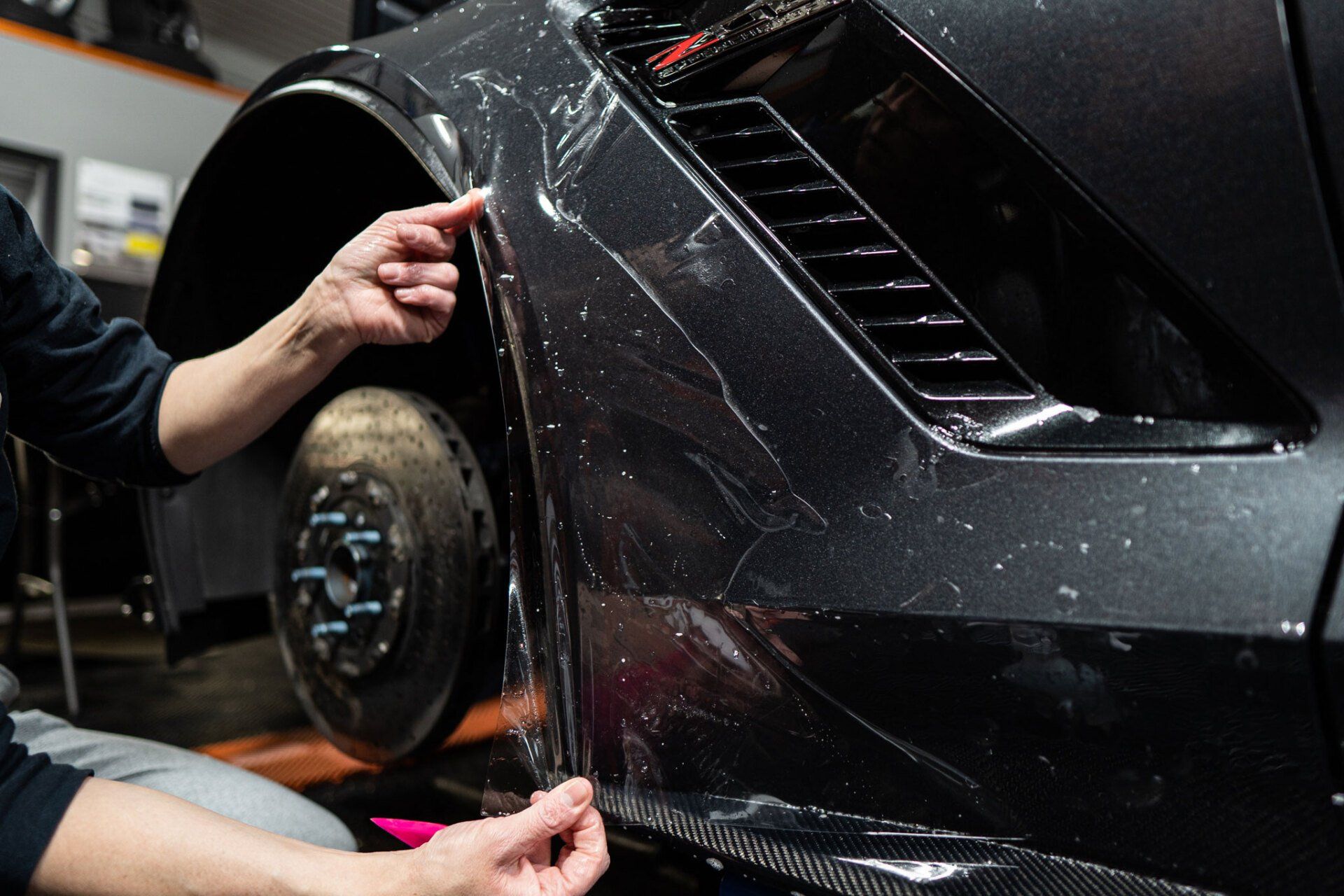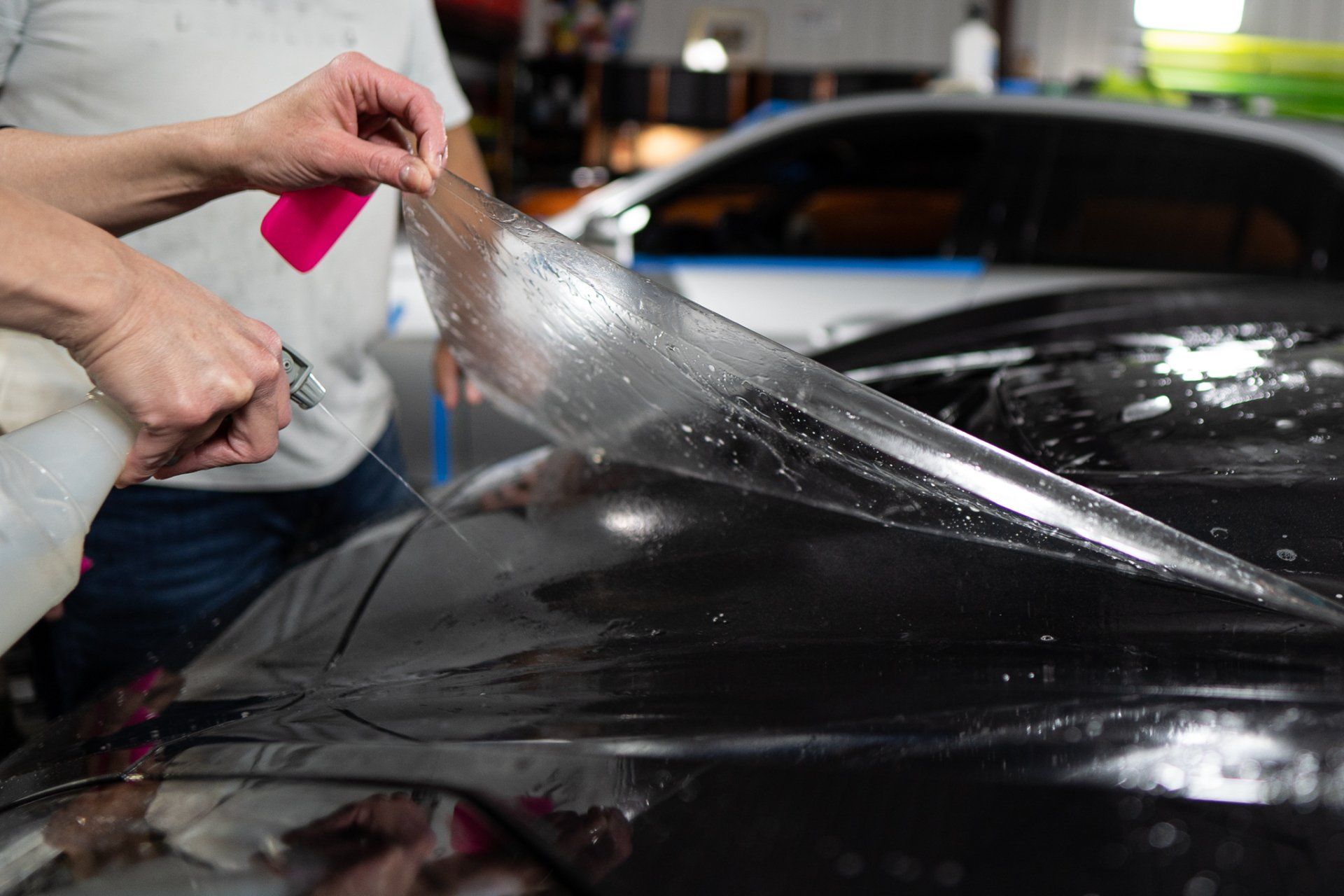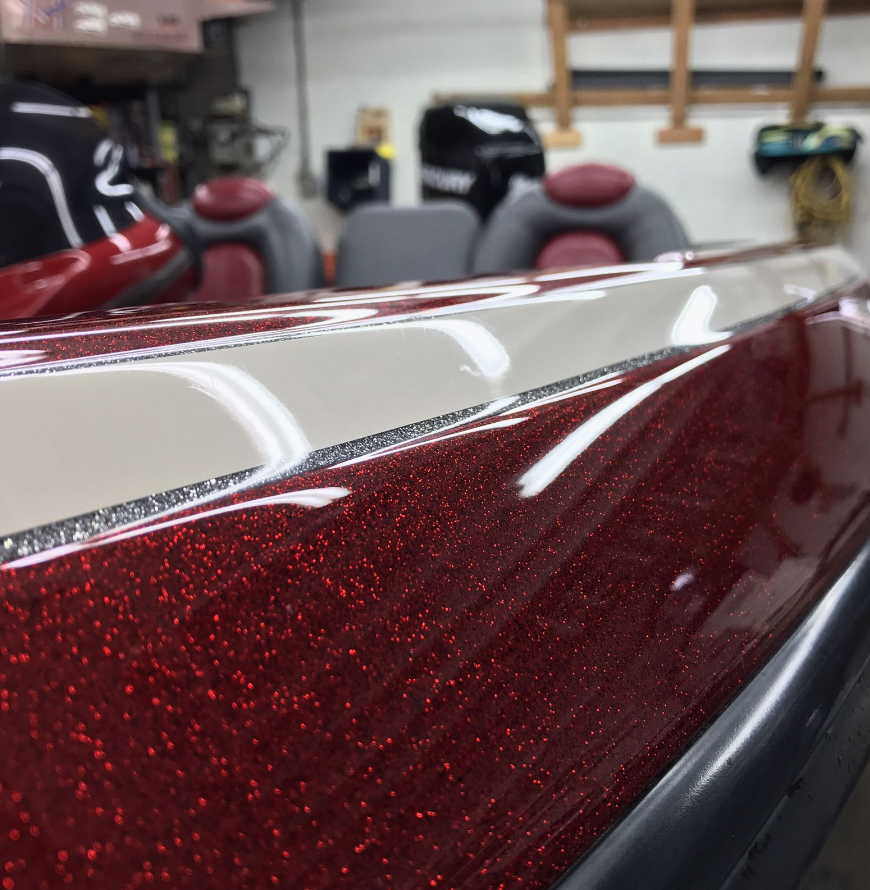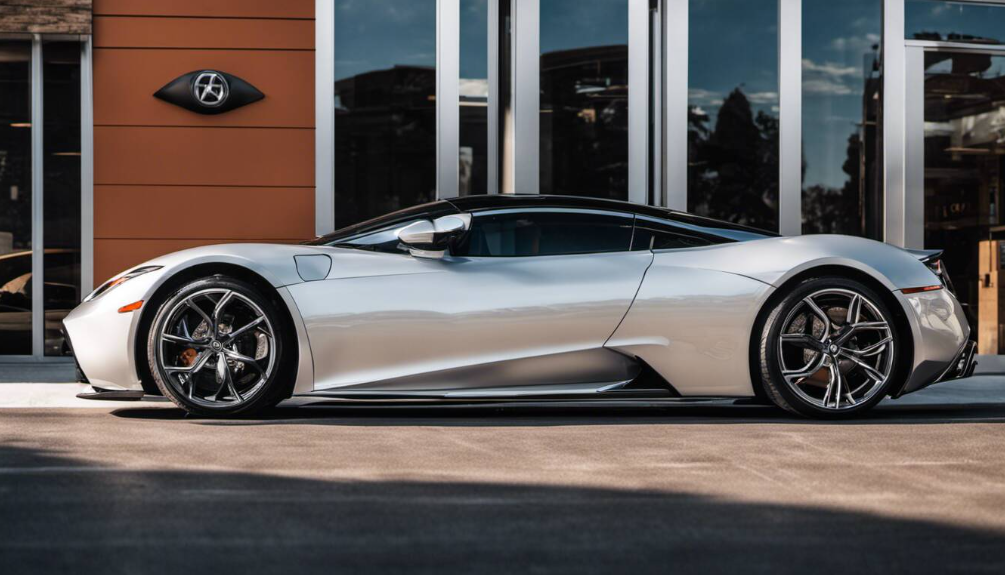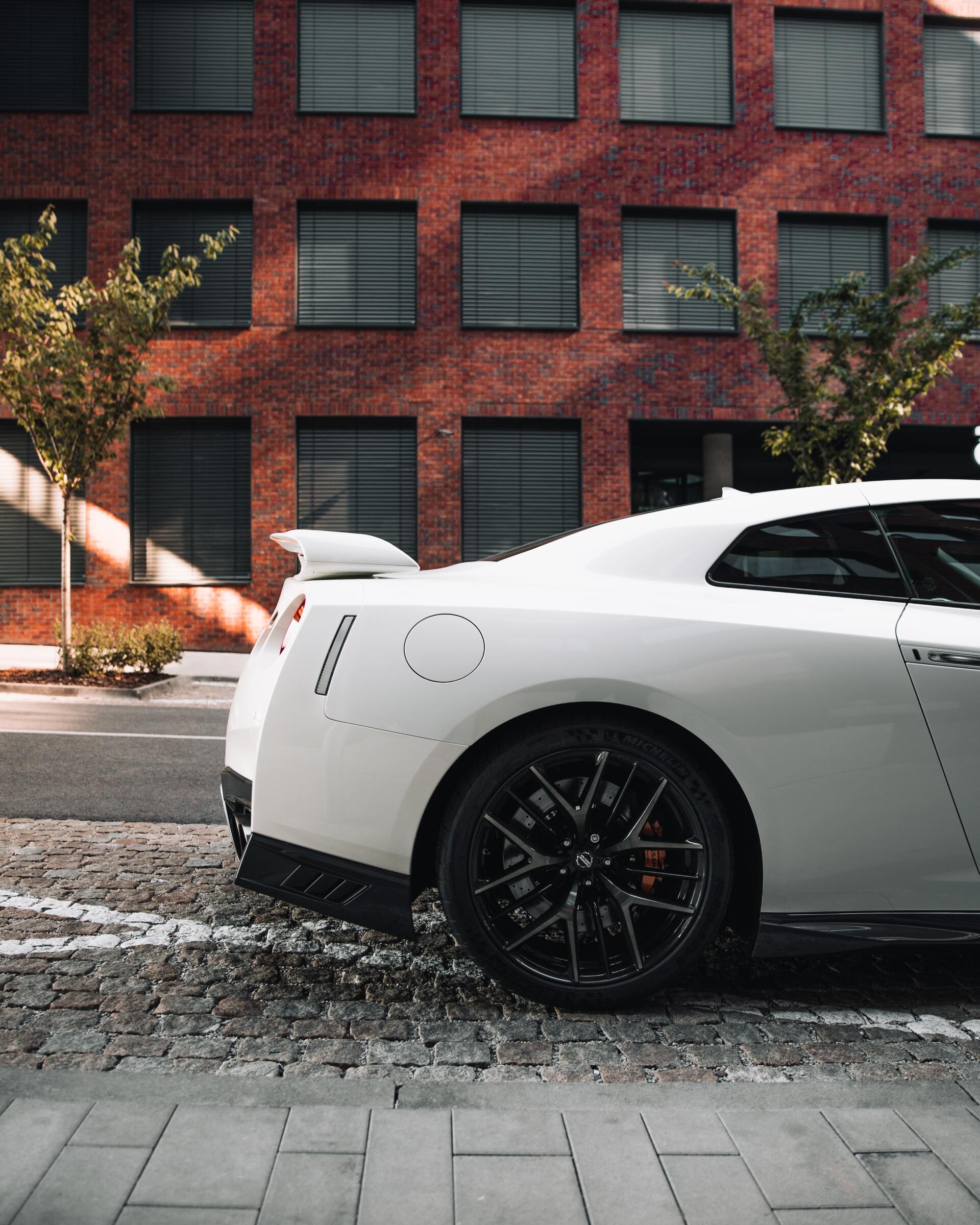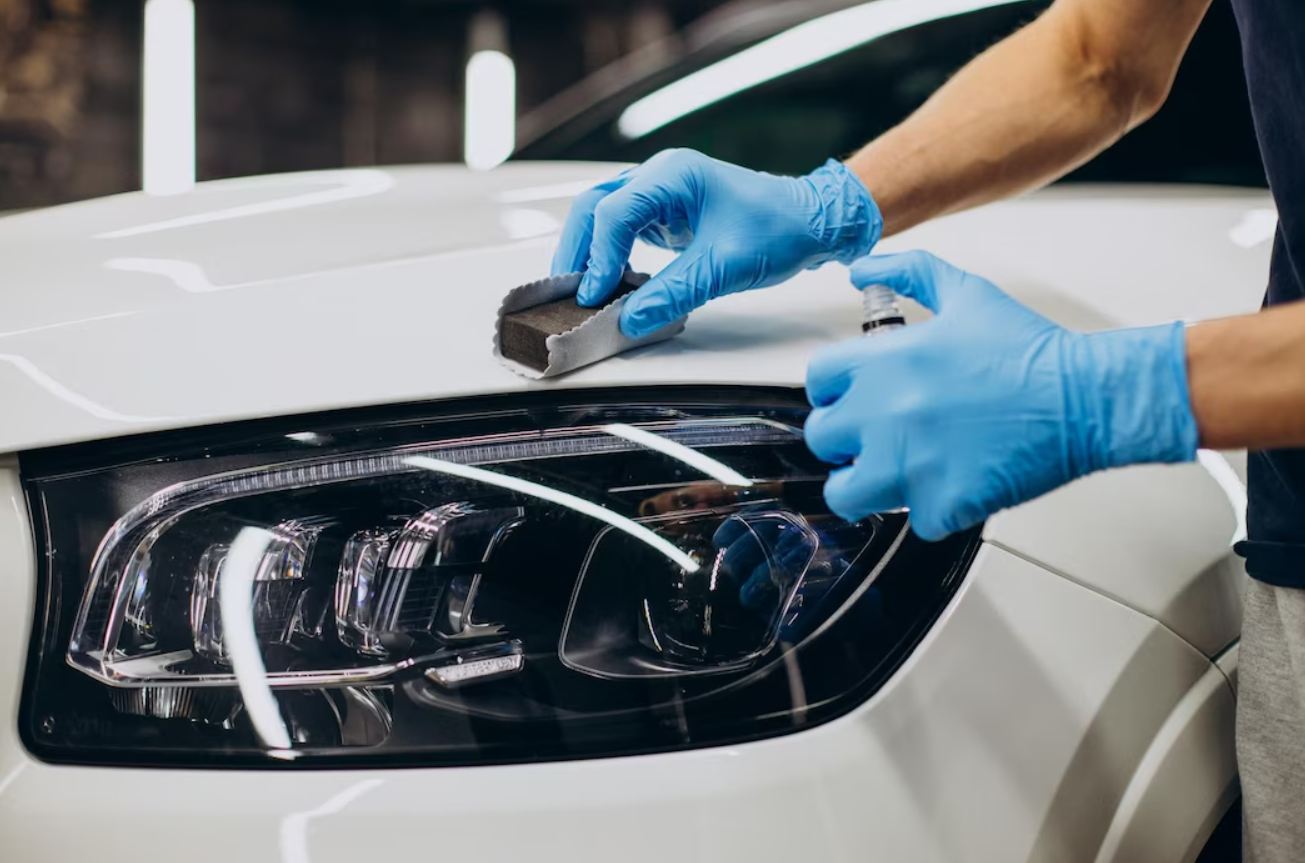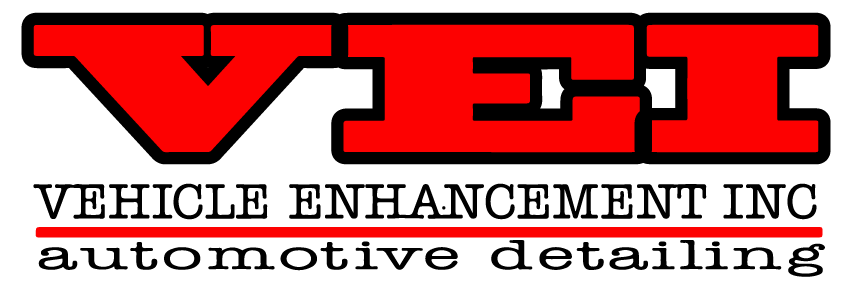The Ultimate Armor: Why PPF Is a Must for Modern Vehicles
In the world of car ownership, protecting your investment goes beyond regular oil changes and tune-ups. Consider this—how frequently do you find yourself concerned about chips and scratches affecting that glossy finish? Paint Protection Film (PPF) might sound like something only serious car enthusiasts care about, but it’s essential for everyone who wants to keep their vehicle looking fresh for years. This innovative solution acts like an invisible shield, guarding against everyday hazards like road debris, UV rays, and those pesky grocery cart dings. Knowing PPF and its benefits could be one of the best decisions you make for your car, given the importance of appearance and resale value. Let’s dive into why this protective layer might just be the ultimate armor for your ride.
Paint Protection Film (PPF) is essential for modern vehicles as it provides a durable, transparent barrier against scratches, chips, and UV damage, preserving the vehicle's aesthetic appeal and resale value. Additionally, advanced PPF technologies offer benefits such as self-healing properties that maintain the car's appearance over time, making it a worthwhile investment for any vehicle owner.
Unveiling PPF: Paint Protection Film
Paint Protection Film (PPF) serves as an invisible bodyguard for your vehicle, a transparent fortress against dings and scratches that could mar its beauty. High-quality urethane or polyurethane composes this ultra-thin layer, which protects your car's paint and enhances its glossiness. Many car enthusiasts compare it to body armor, ensuring that your valuable vehicle maintains its showroom shine over time.
Interestingly enough, PPF's origins trace back to military applications, particularly in the protection of helicopter blades from debris. This technology was so effective that it quickly migrated into consumer automotive care, transforming how we think about vehicle maintenance. The most vulnerable areas of a vehicle where PPF finds its primary application include:
- Front bumpers—often the first point of contact with road debris.
- Hoods—facing relentless exposure to windblown particles and bug splatter.
- Side mirrors—prone to scuffs and chips from nearby traffic.
- Door edges—regularly experiencing strikes from adjacent car doors.
By applying PPF to these at-risk areas, you’re effectively investing in a barrier that prevents unsightly blemishes while keeping your vehicle looking new.
The impact of using PPF goes beyond mere aesthetics; it translates into practical advantages such as increased resale value. Cars that boast pristine paint jobs catch the eye of potential buyers, who naturally gravitate toward well-maintained vehicles. Moreover, PPF enhances your vehicle’s UV resistance, preventing color fading from sun exposure and ensuring that those vibrant hues remain intact.
One remarkable feature of modern PPF is its self-healing property. Minor scratches can disappear when exposed to heat, whether from sunlight or the warmth of the engine, making it a convenient solution for everyday wear and tear. The film acts as an ongoing protector; every time you take your car out for a spin or park it in a crowded lot, you secure your vehicle’s aesthetic integrity for years to come.
With a solid grasp of what PPF is and its primary uses, we are now primed to look deeper into the specific benefits it provides against scratches, UV rays, and much more.
Benefits of PPF: Scratches, UV, and More
One of the primary benefits of PPF is its remarkable ability to protect against scratches, which can occur in everyday situations. Imagine parking your car in a crowded lot. In a hurry, someone unexpectedly dings your door; instead of leaving an unsightly scratch that could require expensive repairs, the PPF absorbs the impact and saves your paint job. It's like having an invisible shield around your vehicle, maintaining its pristine appearance regardless of where you park.
Beyond scratches, protecting your vehicle from harmful UV rays is another critical advantage offered by PPF. Prolonged exposure to sunlight can lead to paint fading over time, affecting not just the aesthetic but also the durability of your vehicle's exterior. Studies indicate that vehicles equipped with PPF retain up to 30% more of their original paint luster over five years compared to those that are left unprotected. This means your investment will look newer longer—something every car owner appreciates when it comes time to sell or trade in.
The protective nature of PPF doesn't stop there; this film has incredible resistance to harsh chemicals as well.
Exposure to environmental contaminants like bird droppings or tree sap can etch into unprotected paint, causing irreversible damage. However, with PPF, these substances typically sit on top, allowing for simple cleaning without compromising the surface beneath. Even minor chemical spills don’t pose significant risks when PPF is applied correctly. The self-healing properties of high-quality PPF mean that even small scratches can disappear simply with heat exposure from the sun or a warm water wash.
But what does this mean for the long-term economic value of applying such a protective film?
Economic Sense
According to industry studies, applying PPF can effectively help maintain a vehicle’s resale value. Cars maintained with pristine paint finishes have shown an average increase of 15% in resale potential, which offsets some of the initial application costs over time. So while it feels like an upfront expenditure, consider it an investment in both your vehicle’s aesthetic and financial future.
The implications are clear: beyond aesthetic enhancements, PPF serves as a deterrent against everyday hazards that threaten your car's exterior. It’s a smart move for those who want their vehicles to look fresh and appealing for as long as possible while reaping economic rewards.
Maintaining Your PPF
Regular cleaning is the cornerstone of effective PPF maintenance. This means washing your vehicle frequently—ideally every one to two weeks—to prevent dirt and grime buildup. When it's time to wash, reach for a pH-neutral car shampoo because it cleans without damaging the film's integrity.
Additionally, use soft microfiber cloths, which are gentle yet effective in lifting dirt without damaging the surface. Think of it this way: You wouldn't use sandpaper on your smartphone screen; similarly, keeping the PPF spotless requires care.
Once you've established a cleaning routine, the next step is to closely monitor for any signs of wear and tear.
Inspect for Damage
Regular cleaning is closely linked to frequent inspections. A visual check every few months can help you catch minor issues like peeling edges or discoloration before they escalate into larger problems. If you spot If you notice any fading or lifting of the film, contact a professional who can advise you on whether a repair is necessary.
Awareness extends beyond just looking for visible damage; it's wise to look out for environmental factors that could compromise your PPF. For example, bird droppings or tree sap can cause staining or etching if left unattended too long. Prompt cleaning of such contaminants helps maintain the glossy appearance and prolongs the lifespan of the film.
And while a close inspection helps identify any obvious problems, proper cleaning techniques are paramount in ensuring its durability.
Avoid Abrasive Materials
One of the most common missteps vehicle owners make is using abrasive sponges or brushes while washing their cars. These items may seem harmless at first glance, but they can lead to scratches that tarnish the smooth surface of your PPF. Stick strictly to recommended cleaning supplies designed specifically for automotive and protective films.
Remember, treating your vehicle with care pays off significantly in aesthetic longevity—it enhances not just your car's appearance but also its resale value down the line.
Staying vigilant about these maintenance steps fortifies PPF's protective qualities against everyday hazards such as road debris and environmental contaminants. Just imagine how satisfying it would be to own a vehicle that looks newer longer, even after years of driving!
Regular maintenance enhances the longevity of PPF, prompting us to consider an important question: how long does this protective layer truly endure?
Lifespan of PPF
Generally, you can expect the lifespan of PPF to fall between 7 and 10 years, but this doesn't just hinge on the product itself; several factors come into play. The film's longevity is affected by your car use, your climate, and how well you maintain it. For instance, cars frequently driven through harsh weather, whether extreme sun exposure or freezing snow conditions, may experience accelerated wear.
It's fascinating to see how modern technology has evolved to enhance PPF durability. Many newer films have self-healing properties made possible by advanced polymer technologies. This means that minor scratches can disappear under heat, preserving the film's pristine appearance without extensive maintenance.
According to industry data, when cared for properly, high-quality PPF can maintain its protective properties for up to ten years.
However, time alone doesn't dictate the effectiveness of PPF. Regular maintenance enhances its lifespan significantly. Simple practices like handwashing with appropriate soaps protect the film from ingrained dirt and debris that might deteriorate its structure over time. Using microfiber towels for drying is equally essential because they prevent scratches that can mar both the film and the car underneath.
Understanding these dynamics reinforces why many consider investing in this technology a strategic choice for safeguarding their vehicles, paving the way for an exploration into its significance for current automotive trends.
Importance of PPF for Today's Cars
As manufacturers innovate with advanced paint finishes and high-tech materials, the need for specialized care has never been greater. Modern vehicles often come equipped with delicate coatings designed to enhance aesthetics but can easily fall victim to wear and tear without proper protection. Every day, your car faces elements such as road debris, UV rays, and environmental hazards that threaten its pristine condition.
While some may claim that routine waxing is sufficient for maintaining a vehicle’s appearance, PPF provides comprehensive benefits that far exceed what traditional wax can accomplish. Waxing can offer temporary shine and minimal protection against minor scratches; however, it doesn't safeguard surfaces from chips or long-term damage. As someone who’s haphazardly repaired a scratched vehicle myself, I can attest firsthand to how frustrating it is when superficial elegance hides serious underlying issues.
Research highlights this contrast clearly; vehicles protected with PPF demonstrate 25% fewer surface abrasions and retain 20% higher resale value compared to those without it. This data underscores why investing in PPF is not just about shielding your car from cosmetic blemishes—it's a strategic move to preserve its market value and integrity over time.
As car enthusiasts and casual drivers increasingly view vehicles as significant investments, prioritizing their maintenance through advanced protective solutions like PPF becomes essential. The short-term costs associated with PPF installation are offset by substantial long-term savings in repair and restoration expenses.
With the increasing prevalence of innovative materials in vehicle construction, adopting advanced protection methods such as PPF isn’t merely a trend; it’s an essential practice for anyone wishing to maintain both the appearance and value of their vehicle.
To explore high-quality PPF options tailored for your specific needs, don’t hesitate to visit us at
Veishop. Protect your investment today!
